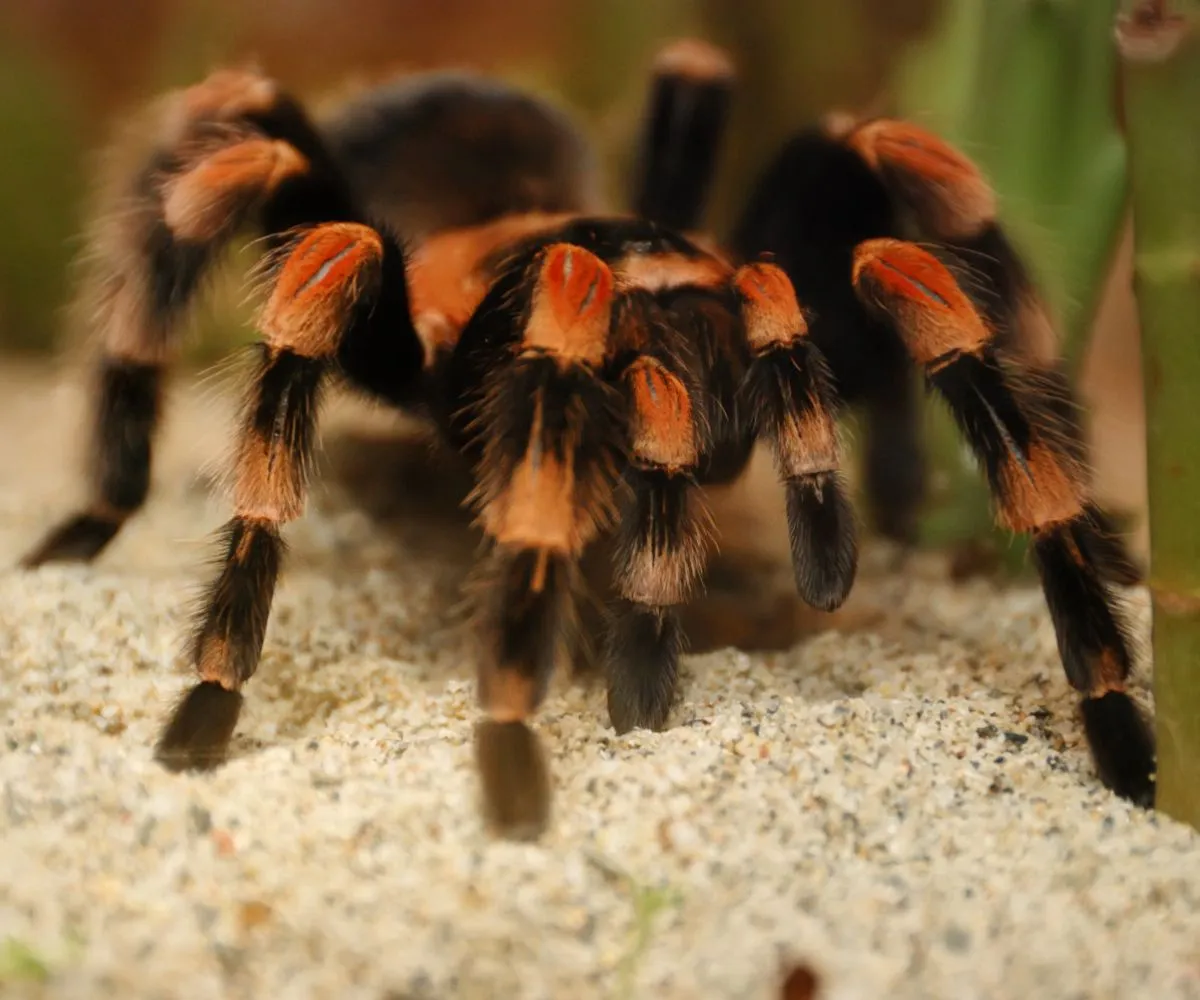Understanding Baby Tarantula Needs
Caring for a baby Mexican Red Knee tarantula is a rewarding experience, but it requires understanding their specific needs to ensure they thrive. These fascinating creatures are delicate in their early stages, demanding precise environmental conditions and careful handling. Their needs differ significantly from adult tarantulas, and the primary focus should be on providing a safe, stable, and enriching environment that supports their growth and development. Patience, observation, and a commitment to learning are key to success. By understanding their behavior, dietary requirements, and habitat preferences, you can create a thriving environment that will allow your baby tarantula to live a long and healthy life. This guide will provide you with the essential information to properly care for your baby Mexican Red Knee tarantula.
Habitat Setup
The habitat setup is crucial for the well-being of your baby Mexican Red Knee tarantula. It directly impacts their health, growth, and overall happiness. A well-designed enclosure mimics their natural environment, providing them with security and comfort. Factors like enclosure size, substrate selection, and climate control play critical roles in creating a suitable habitat. Remember, the goal is to replicate the conditions they would experience in the wild as closely as possible. Proper setup is the foundation for a healthy tarantula. With the right components, you can provide a secure and comfortable home for your baby tarantula, and contribute to their health and well-being.
Enclosure Size
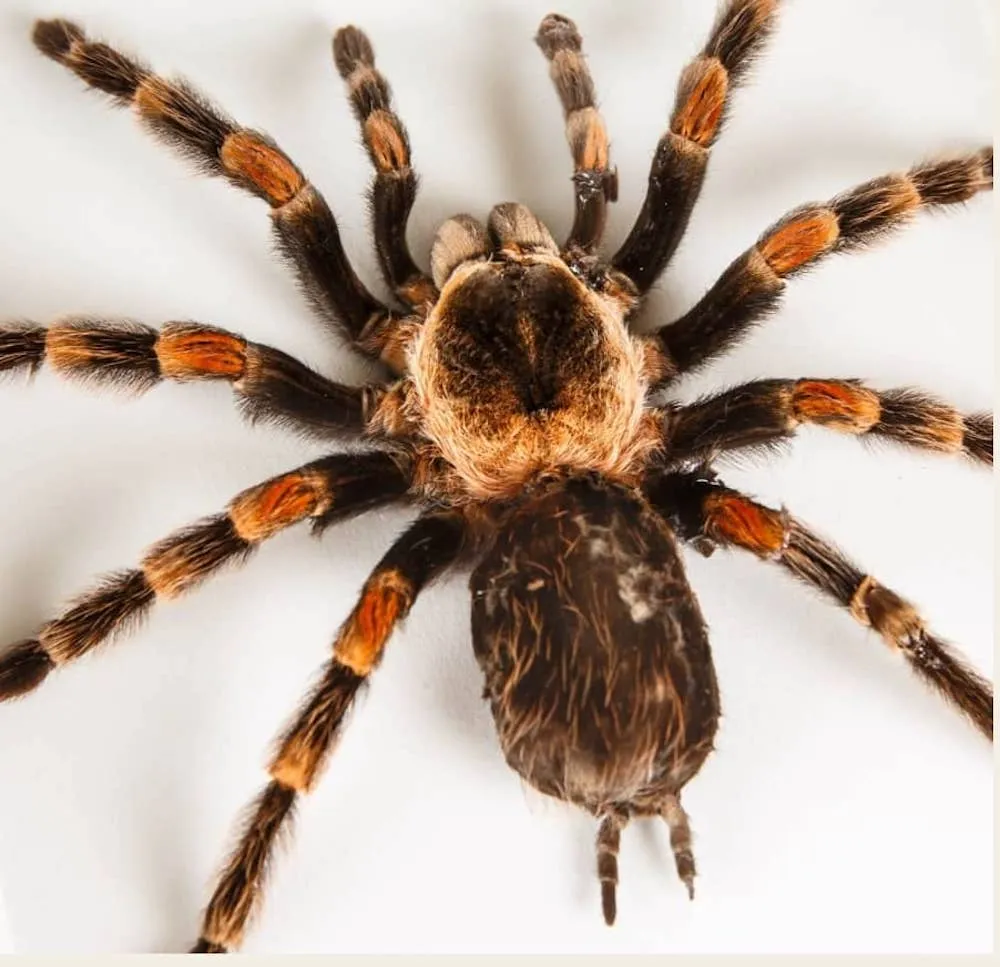
For a baby Mexican Red Knee tarantula, the enclosure size should be appropriately small to provide a sense of security. Overly large enclosures can make them feel vulnerable, potentially leading to stress and a reluctance to eat. A good starting point is a small plastic container or a terrarium that is roughly 3-5 times the spiderling’s leg span in length and width. As the tarantula grows, you will need to upgrade to larger enclosures to accommodate its increasing size. A small enclosure also makes it easier to maintain the correct temperature and humidity levels. Remember to provide enough space for the spiderling to move around comfortably without feeling exposed.
Substrate Selection
The substrate is the material used to line the bottom of the enclosure and serves several important purposes, including retaining humidity, providing a place for the tarantula to burrow, and offering a natural environment. For a baby Mexican Red Knee tarantula, a substrate that holds moisture well and is easy to burrow in is ideal. Suitable options include a mix of peat moss and coco fiber, or a pre-mixed substrate blend designed for reptiles and arachnids. Avoid substrates with sharp edges or that can easily compact, as these can injure the tarantula or make it difficult for them to burrow. The depth of the substrate should be at least twice the tarantula’s leg span, allowing them to burrow and feel secure.
Temperature and Humidity
Baby Mexican Red Knee tarantulas thrive in a specific range of temperature and humidity. Maintaining the correct conditions is critical for their health and well-being. The ideal temperature range is between 75-85°F (24-29°C). You can use a small heat mat placed on the side of the enclosure to maintain this temperature, but be careful not to overheat the enclosure. Humidity is equally important; a humidity level of 65-75% is generally recommended. You can measure the humidity with a hygrometer. To increase humidity, lightly mist the enclosure with dechlorinated water every few days, or add a small water dish. Ensure proper ventilation to prevent mold growth.
Feeding Your Baby Tarantula
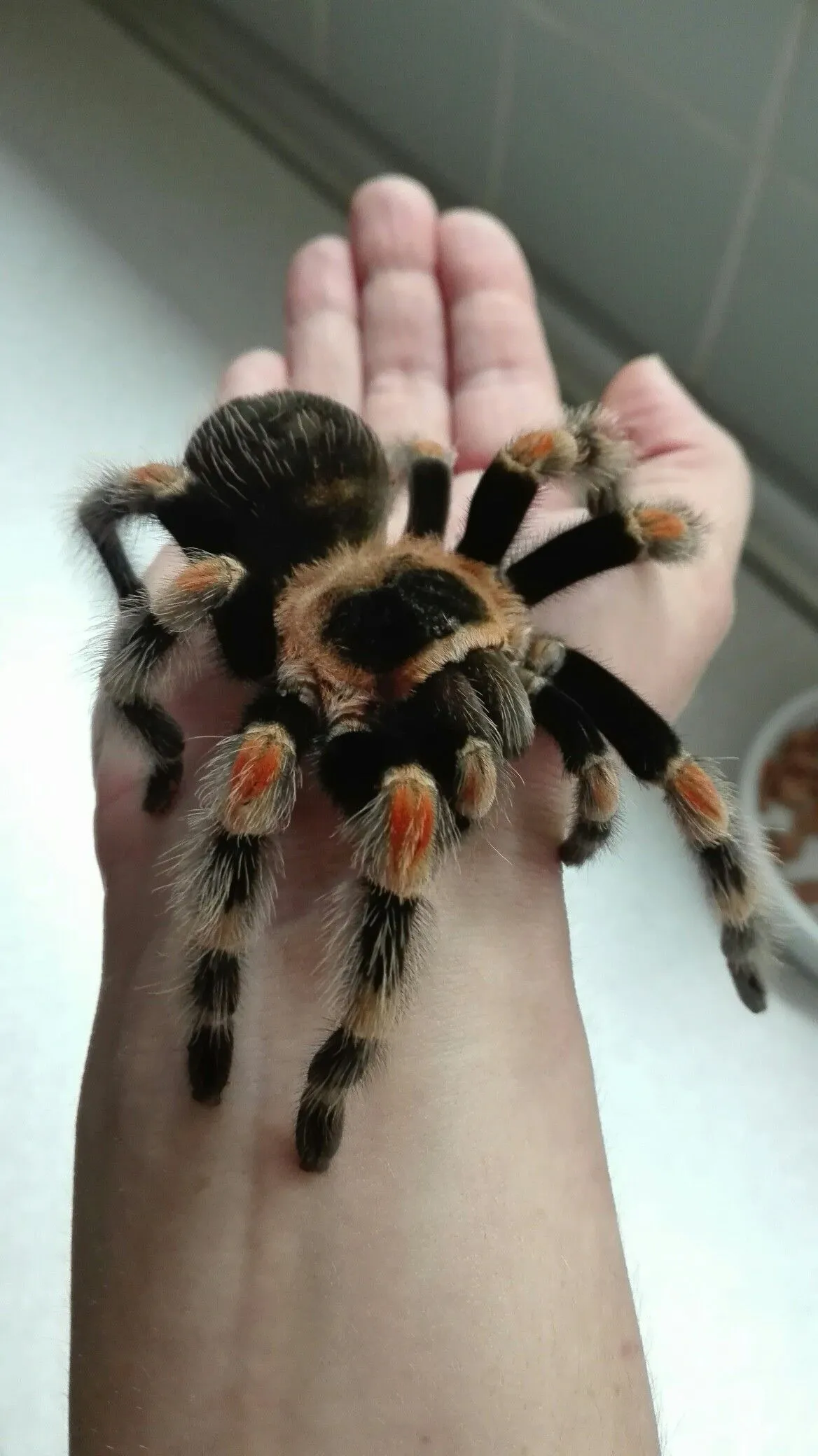
Proper nutrition is essential for the growth and development of your baby Mexican Red Knee tarantula. Baby tarantulas have specific dietary needs and require appropriately sized prey items to thrive. Overfeeding can be as detrimental as underfeeding, and a balanced approach is essential for their well-being. Understanding what to feed your tarantula, how often to feed it, and how to handle uneaten food will help you establish a healthy feeding routine. Carefully monitoring your tarantula’s eating habits and adjusting the feeding schedule as needed is crucial for their growth and overall health.
Prey Selection
The size of the prey item is the most crucial factor when feeding a baby Mexican Red Knee tarantula. The prey should be no larger than the tarantula’s body size, ensuring they can successfully capture and consume it. Good options include small crickets, flightless fruit flies, or pinhead crickets. It is essential to dust the prey with a calcium and vitamin supplement to ensure the tarantula gets the necessary nutrients for healthy growth. Avoid feeding wild-caught insects, as they may carry parasites or pesticides. Always ensure the prey is healthy and alive before introducing it into the enclosure.
Feeding Frequency
Feeding frequency should be adjusted based on the tarantula’s size and stage of development. As a general rule, baby tarantulas should be fed 2-3 times a week. Observe your tarantula’s feeding habits. If it readily eats the prey and shows a good appetite, you can maintain the feeding schedule. However, if it refuses to eat or appears full, reduce the feeding frequency. Remove any uneaten prey within 24 hours to prevent stress and potential injury to the tarantula. Always provide fresh water, even when the tarantula is not actively feeding.
Watering and Hydration

Providing a consistent water source is essential for keeping your baby Mexican Red Knee tarantula well hydrated and healthy. Tarantulas, like all living creatures, need water to survive. Proper hydration supports their vital functions, including moulting. Dehydration can lead to serious health problems. There are several ways to offer water to your baby tarantula, but the most important thing is to provide a clean and easily accessible source of water. Regular maintenance and monitoring of the water source is vital for ensuring your tarantula stays properly hydrated.
Water Source Options
You can provide water to your baby tarantula using a few different methods. A shallow water dish, such as a bottle cap or a small petri dish, is a simple and effective option. Ensure the dish is shallow enough to prevent the tarantula from drowning. Another option is to use a cotton ball or sponge soaked in water, which should be changed frequently to prevent mold. Regular misting is another way to provide moisture, but it should not be the only source of water. Always use dechlorinated water to avoid harming your tarantula. Regularly check the water source for cleanliness and refill it as needed.
Maintaining Humidity
Maintaining the correct humidity levels in the enclosure is essential for your baby tarantula’s health. Humidity supports the moulting process and prevents dehydration. Monitor the humidity levels with a hygrometer. The substrate plays a significant role in regulating humidity. Keep the substrate slightly damp by misting the enclosure lightly with dechlorinated water every few days, depending on the ventilation. Avoid over-misting, which can lead to excessive humidity and mold growth. Proper ventilation is essential to prevent the build-up of excessive humidity and the growth of mold. Always maintain a balance between humidity and ventilation.
Handling and Observation
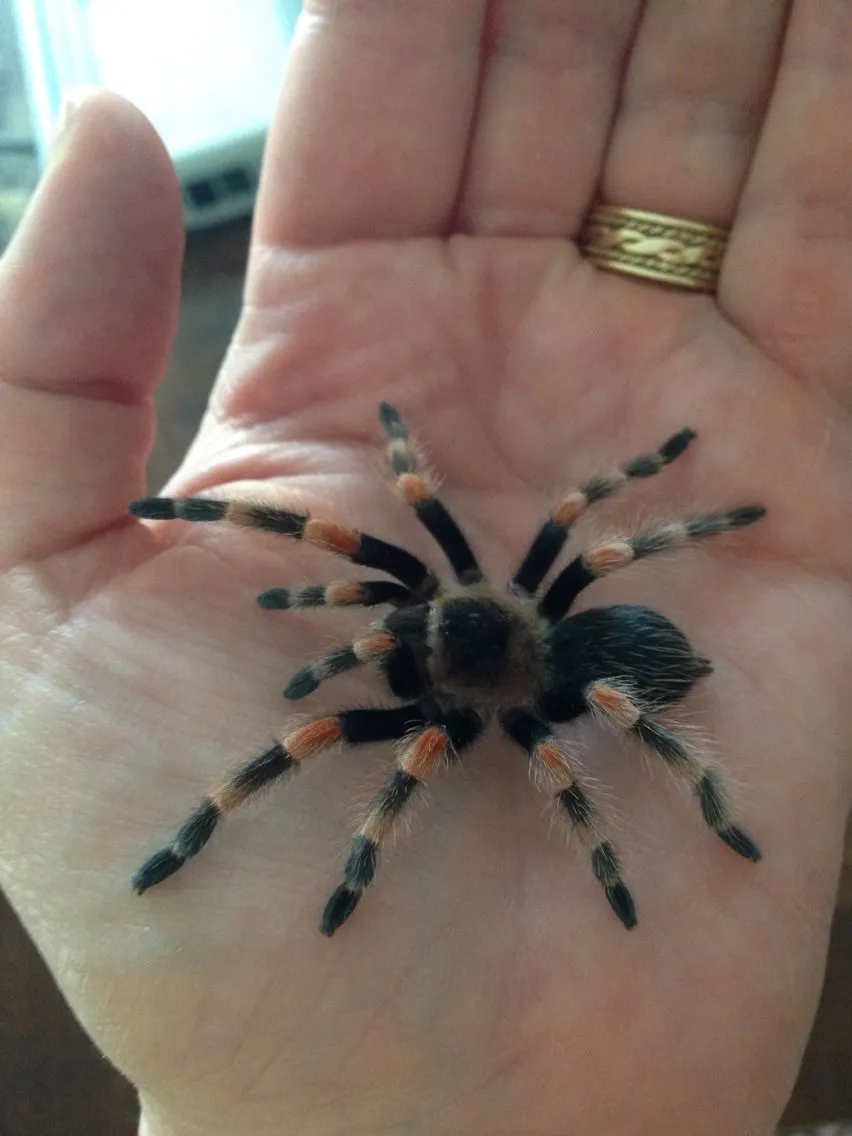
Handling a baby Mexican Red Knee tarantula can be risky, both for the tarantula and the handler. Tarantulas are delicate, and their tiny bodies are easily injured. They also have venom that, while generally not lethal to humans, can cause painful bites. Therefore, handling should be kept to a minimum, especially in the case of baby tarantulas. The primary focus should be on careful observation, creating a bond through providing appropriate care, rather than physical contact. Understanding the tarantula’s behavior and knowing when to avoid handling can help ensure both the tarantula’s safety and your own.
When to Handle
In general, handling a baby Mexican Red Knee tarantula should be avoided unless absolutely necessary, such as when moving it to a new enclosure or during a health inspection. The tarantula is still getting used to its new home and surroundings. Frequent handling can cause stress and potentially lead to injury. If you must handle the tarantula, do so with extreme caution. Always be gentle and move slowly. Handle the tarantula only when it’s calm and appears receptive. Before handling, make sure you have a safe, controlled environment, such as a clear container or a table, where the tarantula can be contained in case it falls or tries to escape. Always wash your hands before and after handling the tarantula.
Safe Handling Techniques
If handling is unavoidable, there are specific techniques to minimize the risk of injury to the tarantula and yourself. Avoid picking up the tarantula directly; instead, encourage it to walk onto your hand. Always keep your hand close to the surface to minimize the distance of any potential fall. Be mindful of the tarantula’s behavior. If it appears agitated, defensively posturing, or flicking hairs, it is best to leave it alone. Never use force or try to grab the tarantula. Remember that tarantulas can be fast and unpredictable. Always be prepared for any potential movement.
Observing Without Handling
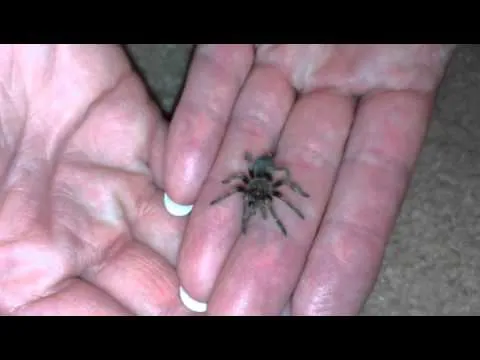
The best way to interact with your baby Mexican Red Knee tarantula is through observation. Observe your tarantula’s behavior, feeding habits, and overall appearance. This allows you to get to know your pet without putting it at risk. Spend time watching its movements, how it interacts with its enclosure, and its reactions to its environment. This non-invasive approach allows you to bond with your tarantula while ensuring its safety and well-being. Observing also allows you to identify any potential health issues early on.
Health and Common Issues
Like all pets, baby Mexican Red Knee tarantulas can experience health problems. Recognizing and addressing these issues promptly is essential for their well-being. Common issues include problems with moulting, injuries, and infestations. Understanding these challenges, learning how to identify potential problems, and knowing preventative measures can greatly enhance the chances of your tarantula living a long, healthy life. Proper care and attention to detail is key.
Moulting Process
Moulting is a natural process where tarantulas shed their exoskeletons to grow. During moulting, the tarantula becomes vulnerable. Provide a stable environment. You might notice the tarantula becoming lethargic, refusing food, and laying on its back. Avoid disturbing the tarantula during the moult. Do not feed the tarantula for several days after moulting, as it needs time to harden its new exoskeleton. The frequency of moulting decreases as the tarantula ages. The process can take several hours, and the tarantula is extremely vulnerable during this time.
Identifying Problems
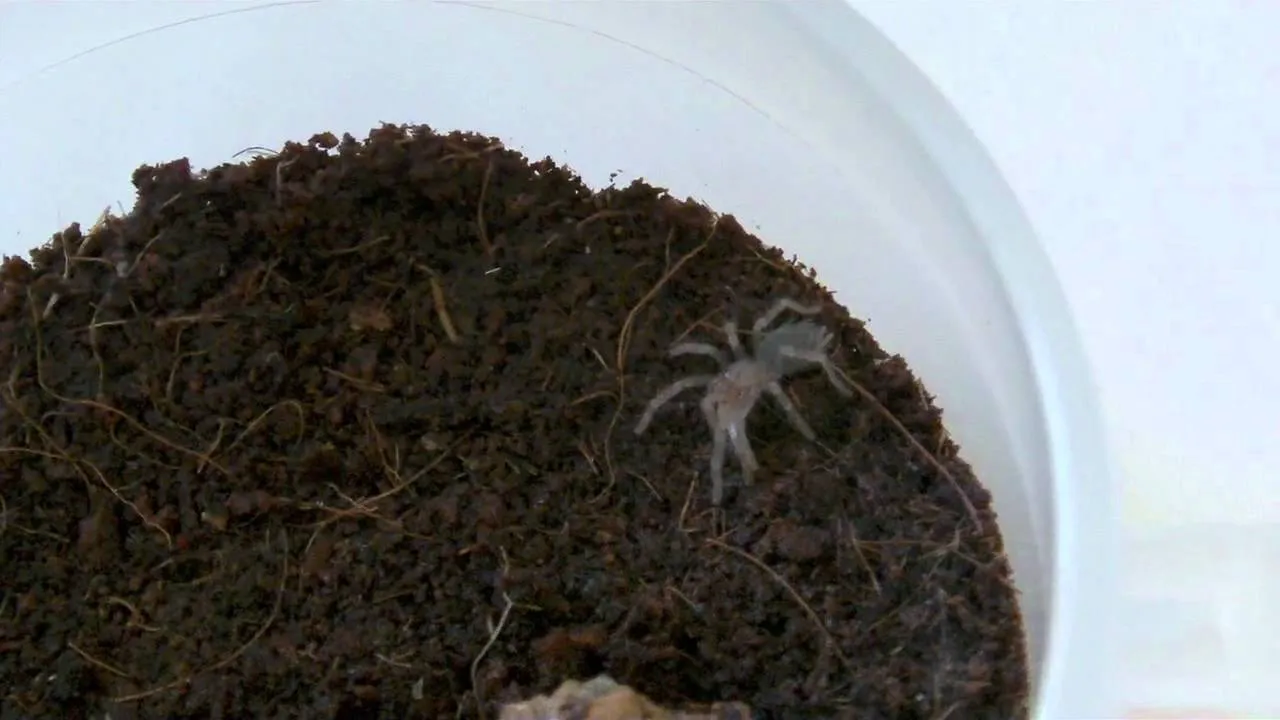
Several signs can indicate health problems in your baby Mexican Red Knee tarantula. Look for changes in behavior, such as lethargy, loss of appetite, or erratic movements. Examine the tarantula for any injuries, such as damaged legs or abdomen. Also, inspect the enclosure for mold, mites, or other pests. Swelling of the abdomen, or discolored areas on the body can indicate health issues. If you notice any of these signs, consult with a veterinarian experienced in exotic animals or a knowledgeable tarantula breeder. Early detection and intervention are crucial for treating any health problems.
Preventative Care
Prevention is key to ensuring the health of your baby Mexican Red Knee tarantula. Provide a clean and well-maintained enclosure. Regular cleaning removes any uneaten food or waste. Ensure the correct temperature and humidity levels. Feed your tarantula a balanced diet and avoid overfeeding. Quarantining new tarantulas before introducing them into your collection. Observing your tarantula closely for any signs of illness. Regular observation, a clean environment, and a proper diet significantly contribute to the tarantula’s health.
Long-Term Care and Growth
As your baby Mexican Red Knee tarantula grows, its needs will change. Providing the correct environment and adapting your care routine as needed will ensure the tarantula thrives throughout its life. Growth is not linear; it will be punctuated by moulting cycles and periods of rapid development. Understanding how to adapt your care plan as the tarantula develops will contribute to its health and happiness. This includes providing larger enclosures, adjusting the diet, and modifying the environmental conditions.
Enclosure Upgrades
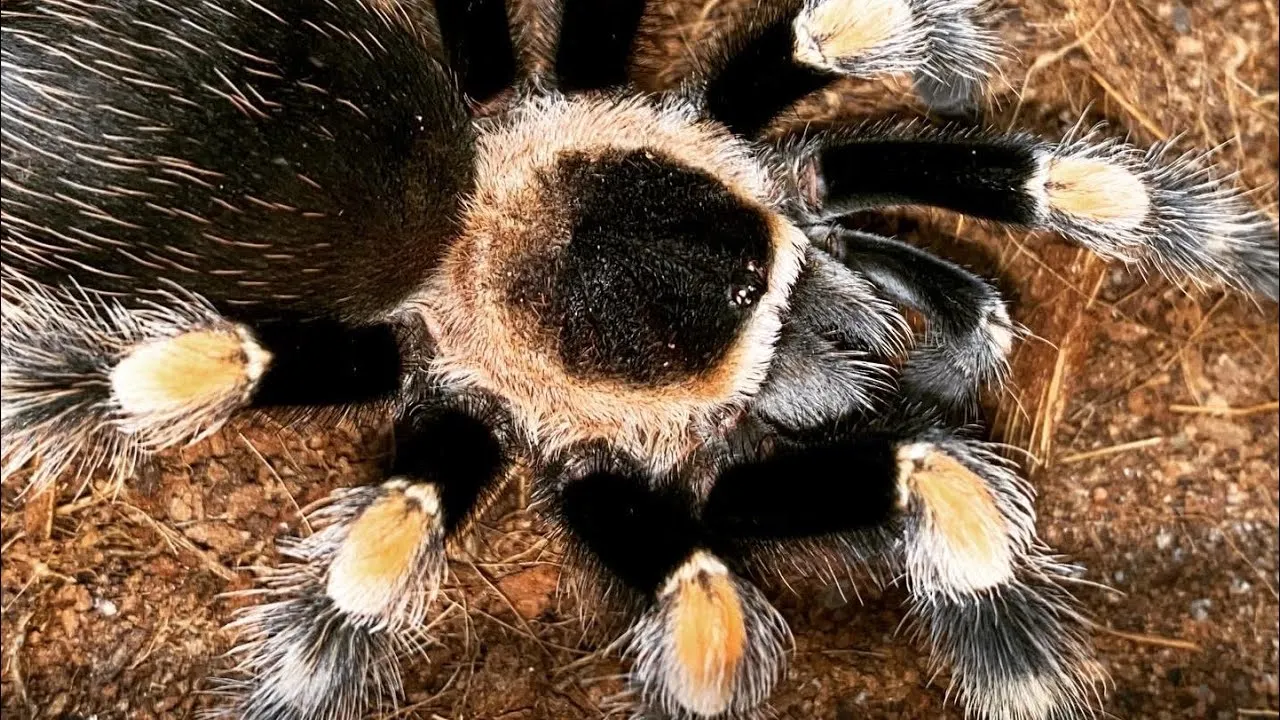
As your tarantula grows, it will need a larger enclosure. Overcrowding can cause stress and make it difficult to maintain optimal environmental conditions. The new enclosure should be large enough for the tarantula to move around comfortably. When upgrading, ensure the new enclosure is escape-proof and that the substrate depth is appropriate for its size. Regular enclosure upgrades are essential for the long-term well-being of your tarantula.
Dietary Adjustments
As your tarantula grows, you’ll need to adjust its diet. Increase the size of the prey items gradually, and feed less often. Monitor your tarantula’s appetite and adjust feeding frequency accordingly. A varied diet can provide a more complete nutritional profile. Ensure the prey items are appropriately sized and dusted with supplements. Providing the correct diet ensures your tarantula receives all the nutrients it needs for healthy growth and development.
Creating a Suitable Environment
Maintaining a suitable environment is critical for the long-term health and happiness of your tarantula. Regular maintenance of temperature and humidity levels is critical. Ensure that the substrate is cleaned regularly to prevent the build-up of waste and the growth of mold. Provide plenty of hiding places. The overall environment will contribute to the health and happiness of your tarantula for its entire life. Continue to monitor your tarantula for signs of distress or changes in behavior and consult an expert if needed. By providing a clean, stable, and enriching environment, you can enjoy a long and rewarding relationship with your Mexican Red Knee tarantula.
